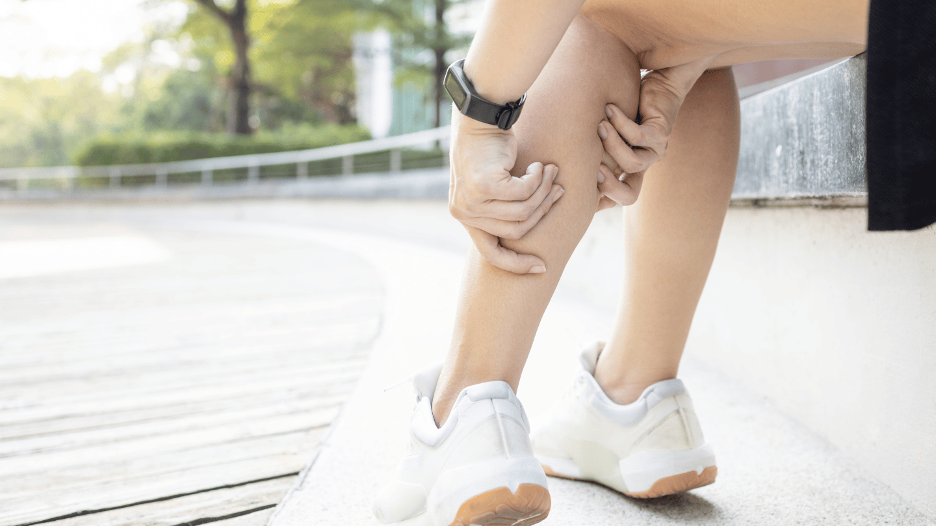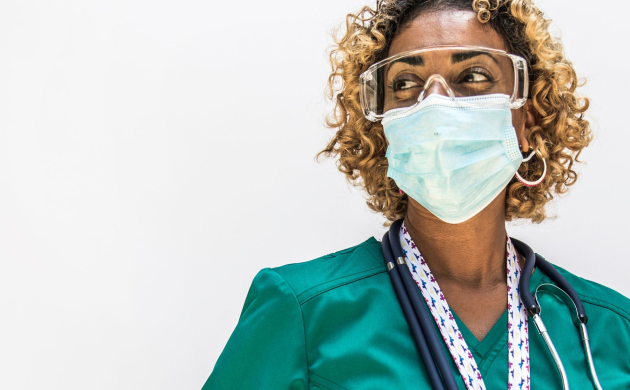
Heat cramps: here’s what’s happening and how to get relief.
If you've ever had your muscles suddenly tighten up during a hot day outside, you know how uncomfortable it can be. Heat cramps are actually your body's way of letting you know it's working overtime to cope with the heat. These sharp, painful spasms can hit your arms, legs, or stomach without much warning and they're definitely not something you can just ignore.
Think of heat cramps as your body's early alert system. When you're exercising in the heat, working in your garden on a sweltering afternoon, or even just spending more time outdoors than usual, your muscles might start cramping to tell you that something's not quite right with your fluid and electrolyte levels.
We're going to walk through why this happens, how to deal with it when it does and, probably most importantly, how to spot when these cramps might be signaling something bigger, like heat exhaustion. Because while a cramp is annoying, you definitely don't want things to escalate.
Why heat can cause muscle cramps.
Heat cramps happen when your body loses too much salt and fluid through sweating, usually during or after physical activity in hot weather. They’re a common early sign of heat-related illness, especially if you’ve been exercising without drinking enough water or replacing lost electrolytes.
Here's what's really going on: when you sweat, you're not just losing water. You're also losing important minerals like sodium, potassium, calcium and magnesium.
These electrolytes play an important role in helping your muscles work properly. When their levels drop too low, your muscles can start contracting on their own, which is exactly what you feel when a cramp hits.
Common causes of heat cramps include:
- Intense physical activity in hot or humid conditions
- Dehydration from not drinking enough fluids
- Loss of electrolytes through heavy sweating
- Wearing heavy or restrictive clothing in the heat
- Not taking enough breaks or cooling off during exertion
Most people feel heat cramps in their larger muscle groups, like the calves, thighs, or shoulders. The sensation can range from a sharp, sudden pain to a tight, persistent spasm that seems to have a mind of its own.
But heat cramps are usually temporary and respond well to rest, proper hydration and giving your body time to recover. But don’t brush them off entirely since they can sometimes signal that heat exhaustion might be developing.
How to prevent heat cramps during summer activities.
The best way to deal with heat cramps? Avoid them in the first place.
Here are some straightforward strategies to keep your muscles functioning well when the temperature rises:
- Stay hydrated before, during and after activity. Don’t wait until you’re thirsty. By then, dehydration may have already started. Drink water regularly, especially if you’re sweating a lot.
- Replenish electrolytes. Water is essential, but when you’re sweating heavily, you may also need something with sodium and potassium. Sports drinks, electrolyte tablets, or even a pinch of salt in your water can help.
- Take breaks in the shade. If you’re exercising or working outdoors, give your body a chance to cool down with regular breaks. Heat builds up fast, especially in direct sun.
- Dress for the weather. Lightweight, loose-fitting clothes in light colors help your body stay cooler and allow sweat to evaporate more effectively. Moisture-wicking fabrics can also make a real difference in how comfortable you feel.
- Avoid peak heat hours. When possible, schedule outdoor exercise or work during the cooler parts of the day, like early morning or evening hours. The midday sun can be a lot for your body to handle.
- Stretch gently before and after activity. Warming up your muscles before exertion and cooling down afterward helps reduce the risk of cramping.
With a little planning, you can enjoy your favorite summer activities without getting knocked out by muscle cramps. But if a cramp hits and won’t go away, or you’re dealing with more than just a twinge, it might be time to check in with a provider.
When heat cramps might signal a more serious problem.
While most heat cramps are harmless and go away with rest and hydration, they can sometimes be an early warning sign of something more serious, like heat exhaustion or even heatstroke.
Here’s when to take them more seriously and seek medical attention:
- The cramps don’t stop after hydrating and resting. If the pain lingers or spreads to other muscle groups, your body might be struggling to recover on its own.
- You feel dizzy, nauseous, or weak. These are signs your body is overheating and it’s not just your muscles that are affected.
- You’re sweating heavily but feel cold or clammy. That’s a red flag for heat exhaustion and should be checked out quickly.
- Your skin is hot and dry, or you stop sweating altogether. This could mean you’re entering dangerous territory (heatstroke) and need urgent care.
- You have a headache, rapid pulse, or difficulty concentrating. These symptoms can mean your core temperature is too high and your body needs help cooling down.
At CityMD, we’re here to help if your symptoms go beyond a simple cramp. Whether you need IV fluids, a check-up for heat-related illness, or just peace of mind, our urgent care providers are ready when you are, no appointment needed.
CityMD offers walk-in care 7 days a week with no appointment needed. If your cramps won’t let up, you’re feeling faint, or your symptoms point to something more serious, our expert providers can help you cool down safely and recover fast. We’re here when you need us. Just walk in or check in online.

We’re ready to care for you.
Visit any CityMD urgent care location in your community today for an evaluation with one of our expert providers.